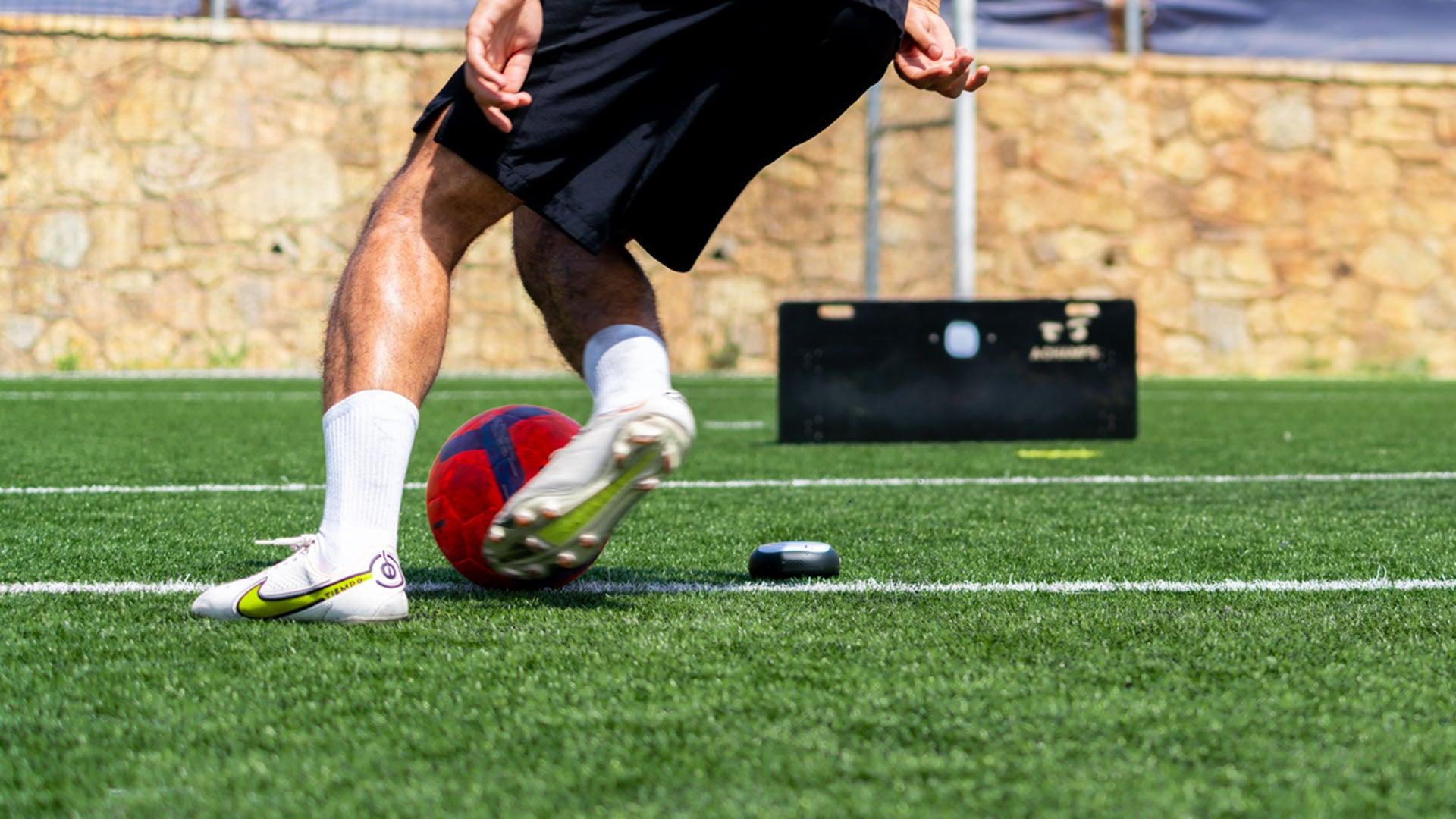Im Fußball dienen Formationen als Blaupause für die taktische Vorgehensweise einer Mannschaft auf dem Spielfeld. Unter den unzähligen Formationen sticht das 4-2-3-1 als vielseitiges und dynamisches System hervor, das den modernen Fußball revolutioniert hat. In diesem Beitrag gehen wir auf die Feinheiten der 4-2-3-1-Formation ein und untersuchen ihre Stärken, Strategien und Wirkung auf dem Spielfeld.
Die Grundlage des 4-2-3-1
Die Struktur verstehen:
Die 4-2-3-1-Formation besteht im Kern aus vier Verteidigern, zwei defensiven Mittelfeldspielern, drei offensiven Mittelfeldspielern und einem einzelnen Stürmer. Diese Aufstellung bietet eine solide defensive Grundlage und bietet gleichzeitig reichlich Möglichkeiten für Kreativität und Spielfluss im Angriff .
Defensive Stabilität:
Mit vier Verteidigern und zwei defensiven Mittelfeldspielern legt die 4-2-3-1-Formation Wert auf defensive Stabilität. Die Abwehrkette, verstärkt durch die defensiven Mittelfeldspieler, bildet eine geschlossene Einheit, die gegnerische Vorstöße abwehrt und die defensive Ordnung aufrechterhält.
Vielseitigkeit im Angriff:
Eine der Hauptstärken der 4-2-3-1-Formation liegt in ihrer Vielseitigkeit im Angriff. Die drei offensiven Mittelfeldspieler agieren hinter dem einzigen Stürmer, wechseln die Positionen und sorgen so in verschiedenen Bereichen des Spielfelds für zahlenmäßige Überlegenheit. Diese Flexibilität ermöglicht schnelles Umschalten von der Defensive zum Angriff und ermöglicht komplexe Passsequenzen und Torchancen.
Trainiere die 4-2-3-1-Fußballformation wie ein Profi
Die Beherrschung der 4-2-3-1-Fußballformation erfordert Präzision, taktisches Gespür und intensives Training . Der A-Champ's RebounderGo ist der ultimative Trainingspartner für angehende Fußballprofis, die in dieser strategischen Formation brillieren möchten.
Dank seines innovativen Designs simuliert der Rebounder reale Spielszenarien und ermöglicht es den Spielern, ihre Pass-, Schuss- und Ballkontrolle-Fähigkeiten zu verfeinern, die für das 4-2-3-1-System entscheidend sind . Egal, ob Sie als defensiver Mittelfeldspieler Ihre entscheidenden Umschaltspiele perfektionieren möchten oder als offensiver Mittelfeldspieler Ihr räumliches Vorstellungsvermögen und Ihr Kombinationsspiel verbessern möchten – der Fußball-Rebounder des A-Champ bietet ein vielseitiges Trainingsgelände.
Die Fähigkeit, die Dynamik eines Live-Spiels zu imitieren, stellt sicher, dass die Spieler die spezifischen Bewegungen und Techniken üben können, die für jede der Schlüsselpositionen der Formation erforderlich sind . Indem Sie den RebounderPro in Ihr Trainingsprogramm integrieren, üben Sie nicht nur; Sie entwickeln Ihre Spielintelligenz und körperliche Stärke weiter, um die 4-2-3-1-Formation wie ein Profi zu dominieren.
Die Rolle des Doppelpivots in der 4231-Formation
Ausgleich zwischen Verteidigung und Angriff:
Entscheidend für den Erfolg der 4-2-3-1-Formation ist die Präsenz zweier defensiver Mittelfeldspieler, oft auch als Doppelsechser bezeichnet. Diese Spieler fungieren als Bindeglied zwischen Abwehr und Angriff, bieten defensiven Schutz, leiten Angriffszüge ein und verteilen den Ball an die Stürmer.
Pressing und Interceptions:
Der Doppelsechser spielt eine entscheidende Rolle beim Pressing und der Balleroberung. Indem er Druck auf die gegnerischen Spieler ausübt und Pässe abfängt, stört er den Rhythmus des Gegners und erzwingt Ballverluste in vorteilhaften Positionen, die seiner Mannschaft schnelle Konter ermöglichen.
Kreative Freiheit der offensiven Mittelfeldspieler
Raumausnutzung und Chancenerstellung 4-2-3-1-Fußballformation:
Die drei offensiven Mittelfeldspieler in der 4-2-3-1-Formation genießen große Gestaltungsfreiheit. Jeder Spieler muss Räume nutzen, Abwehrreihen knacken und Torchancen für die Mannschaft kreieren. Ihre Fähigkeiten im Dribbling, Passen und Torschuss machen sie zu wirkungsvollen Waffen im Angriffsdrittel.
Außenspieler und Überlappungsläufe:
Die offensiven Mittelfeldspieler auf den Außenbahnen in der 4-2-3-1-Formation überlappen sich oft über die Flügel, strecken so die gegnerische Abwehr und unterstützen den einzelnen Stürmer zusätzlich . Diese Spieler sind maßgeblich daran beteiligt, Flanken in den Strafraum zu schlagen und aus den weiten Bereichen Torchancen zu kreieren.
Die Entwicklung der Fußballtaktik:
Im Laufe der Jahre hat sich die Fußballtaktik deutlich weiterentwickelt. Dies spiegelt Veränderungen in Spielstilen, Spielerrollen und strategischen Ansätzen wider. Die Entstehung des 4-2-3-1-Systems stellt einen Meilenstein dieser Entwicklung dar und symbolisiert den Wandel hin zu dynamischeren und flexibleren Systemen.
Da die Teams nach Innovation und Wettbewerbsvorteilen streben, experimentieren sie ständig mit unterschiedlichen Formationen und Strategien und suchen nach der perfekten Balance zwischen Verteidigung und Angriff.
Anpassungsfähigkeit und Innovation:
Das Besondere an der 4-2-3-1-Formation ist ihre Anpassungsfähigkeit an verschiedene Spielsituationen und Gegner. Ob defensiv kompakt oder aggressiv offensiv – Trainer können die Formation an die jeweiligen Spielbedingungen anpassen.
Diese Anpassungsfähigkeit fördert eine Kultur der Innovation und ermutigt die Spieler, kritisch zu denken, sich schnell anzupassen und Strategien präzise umzusetzen . In der sich ständig verändernden Fußballlandschaft dient die 4-2-3-1-Formation als Symbol für Anpassungsfähigkeit, Innovation und das unermüdliche Streben nach Exzellenz.
Der Einfluss der körperlichen Vorbereitung in der 4-2-3-1-Formation
Der Erfolg der 4-2-3-1-Formation hängt nicht nur von Taktik und Technik, sondern auch von der körperlichen Fitness der Spieler ab . In diesem System sind defensive und offensive Mittelfeldspieler ständig in Bewegung, legen weite Distanzen zurück und wechseln innerhalb von Sekunden zwischen defensiver und offensiver Rolle . Eine gute körperliche Vorbereitung steigert nicht nur ihre Ausdauer, sondern ermöglicht ihnen auch, unter Druck schnelle Entscheidungen zu treffen und präzise Bewegungen auszuführen. Innovative Hilfsmittel wie der Fußball-Rebounder von A-Champs helfen nicht nur, technische Fähigkeiten zu verfeinern, sondern tragen auch zur Verbesserung von Beweglichkeit und Ballkontrolle bei, die für Spitzenleistungen auf jeder Position innerhalb der Formation entscheidend sind.
Abschluss
Zusammenfassend lässt sich sagen, dass die 4-2-3-1-Formation ein Beleg für die Entwicklung taktischer Innovationen im Fußball ist. Ihre Kombination aus defensiver Stabilität, Mittelfeldkontrolle und offensivem Flair macht sie bei Trainern und Spielern gleichermaßen beliebt . Während die Teams ihre Strategien ständig anpassen und verfeinern, bleibt die 4-2-3-1-Formation eine zeitlose Formation, die die faszinierende Komplexität dieses schönen Spiels verkörpert.
Ob sie nun eingesetzt wird, um die Angriffe des Gegners zu unterdrücken oder einen Torhagel auszulösen, die 4-2-3-1-Formation verkörpert die dynamische Natur der Fußballtaktik und ist eine angemessene Hommage an die sich ständig weiterentwickelnde Natur des Sports.





Hinterlasse einen Kommentar
Diese Website ist durch hCaptcha geschützt und es gelten die allgemeinen Geschäftsbedingungen und Datenschutzbestimmungen von hCaptcha.